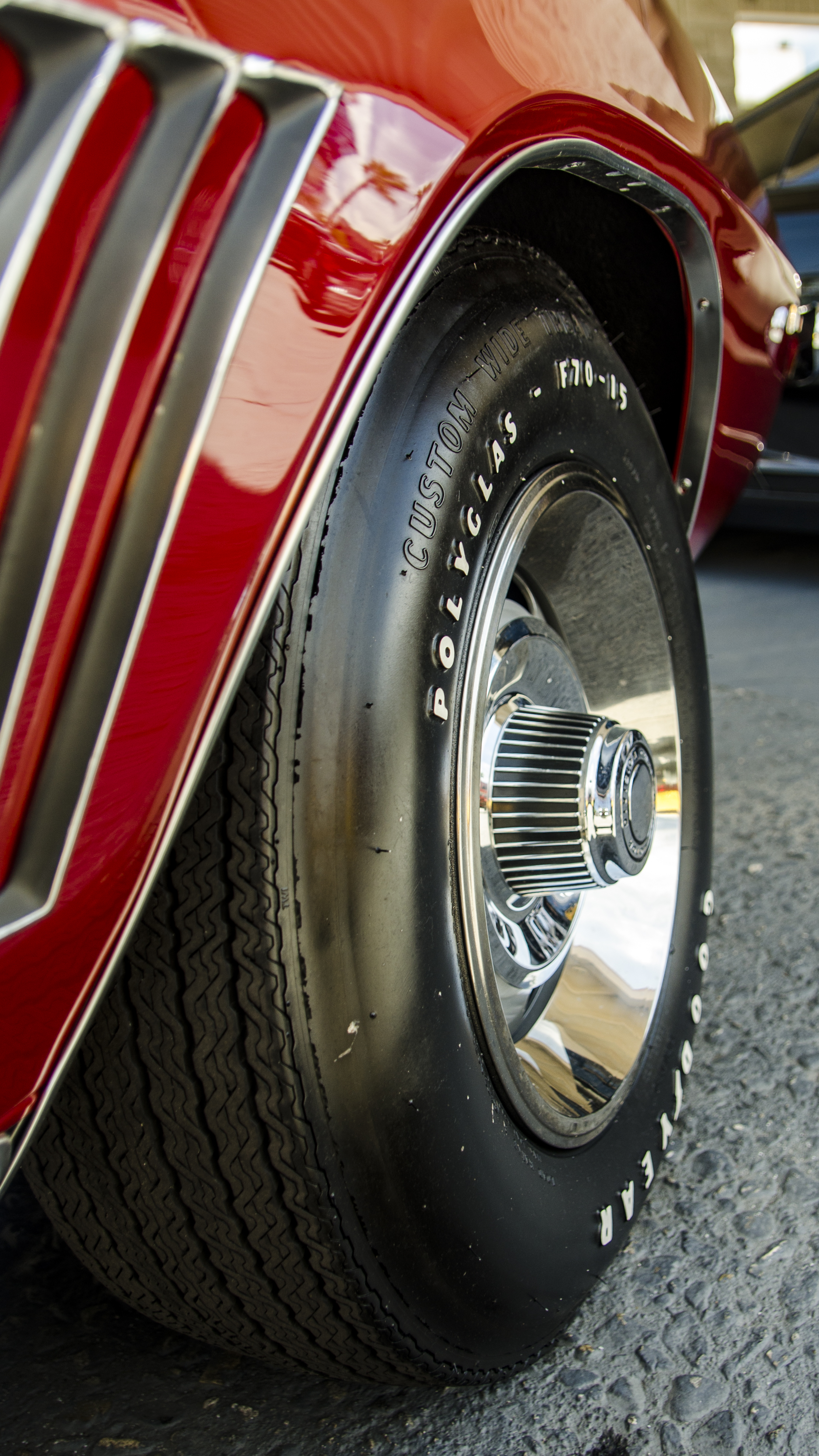The Death of the Luxury Car and the Imperial Lebaron
We’ve all experienced it. We’ve all felt a warmth in our soul as we reach out to repeat it. What is “it”? The weight of a well constructed whiskey tumbler hitting the bar table. The satisfying click of an old powertool’s switch. The timeless righteousness of an item built to last in action. Before the dawn of plastic, the automotive industry produced luxury vehicles that exuded presence, prestige, and success. The mark of a fantastic vehicle wasn’t based on its price tag but on the quality of creation to bring about its existence. Every button, knob, dial, lever, or handle possessed weight and a sense of mechanical purpose that provided a tactile feedback unrivaled by luxury vehicles today. The defining use of long lasting materials like steel, aluminium, glass, and chrome paired with the deep beauty of lead based paint will never be duplicated nor properly emulated. The craftsmanship and designs of the automotive industry from 1950 to the early 1970s will survive long after the modern processes of today’s vehicles. The parts were designed to be repaired rather than replaced and the sum of said parts is precious in its ability to stir emotion.
Yesterday I had the opportunity to go through some of the vehicles available at Monza Cars. An independent used car dealership on Ventura Boulevard in Sherman Oaks, California. After sweet talking the owner, I was allowed to experience multiple examples of luxury and sport vehicles from the 1950s to present. Parked behind a pearl white 2013 Bentley Flying Spur, a rare black 1965 Imperial LeBaron demanded my undivided attention. Suddenly my blue jeans and black T-shirt felt incredibly inadequate. I wished to have worn a tuxedo instead because the Imperial broadcasts excellence. I wanted to be better for the car. Not the other way around.
Imperial began in 1926 as Chrysler’s top of the line model. After watching the successes of Ford’s Lincoln and GM’s Cadillac, Chrysler promoted Imperial to its own division and make of luxury vehicles. The brand never obtained the same sales numbers as its bigger competitors, but the cars they made were just as good if not better.
The first thing you notice about the Lebaron is its sheer size compared to the modern cars parked nearby. From bumper to bumper the 4 door hardtop is 229 inches (19.08 feet) long and 80 inches (6.6 feet) wide. Powered by a massive 413 cubic inch V8, Lebarons cruised with a dominating presence on the highway. The power plants produced 340 horsepower and a smooth 470 foot pounds of torque to glide the car without a sense of effort. Similar to other luxury cars of the post fin period, the outside appearance of the Imperial is bespoke and muted. The quality speaks without shouting to garner attention. It is said that if you want to be heard, you should whisper. The Imperials whispered their greatness and people stopped to listen.
Luxury cars of the period were meant to be driven. As such the highlights of their design were not on the outside but within their interiors. By opening an Imperial LeBaron’s thick weighted doors and sitting down on the soft inviting black leather seats, a driver leaves the world outside for something better.
Immediately calling attention is the wide sweeping speedometer that spans the driver’s dashboard. Things as mundane as check engine lights are polished and rebranded as artfully done Sentry Lights. Before GPS there were maps. To assist navigation, Imperial placed subtle “map” lights beneath the dash allowing a driver or passenger to determine which route to take without glaring light onto the windshield. The air conditioner refreshes from the top and bottom of the dashboard as well as from the floor with the throw of a long lever in the center of the dashboard. Operating the Lebaron is a remarkable experience. I spent 30 minutes twisting, pulling, pushing, and caressing the interior.
Incredibly, the most satisfying aspect of the Imperial LeBaron is leaving it. The polished chrome and black enamel painted handle extrudes from the armrest without affecting your position. Raised at a 90 degree angle, the roughly 8 inch mechanical action is similar to the charging of a Browning 50 Caliber machine gun or how I imagine the ejection seat of a fighter jet would feel as a pilot launches himself from the safety of his cockpit into an unsure existence.
Modern luxury cars are judged by a multitude of factors such as handling, speed, safety, and efficiency, the classic American luxury automobile was solely judged by how it made the driver feel. As such deeply satisfying machinations were made to sooth a driver. From push button transmissions to lazyboy like leather bench seats every aspect of the classic luxury car was the culmination of victory for the owner. While today’s Mercedes S-Class or Cadillac CTS-V may get you there faster and with more gasoline left in the tank, the craftsmen responsible for luxury cars of old didn’t concern themselves with such petty matters because the destination surely would not be as grand as the experience of driving there.
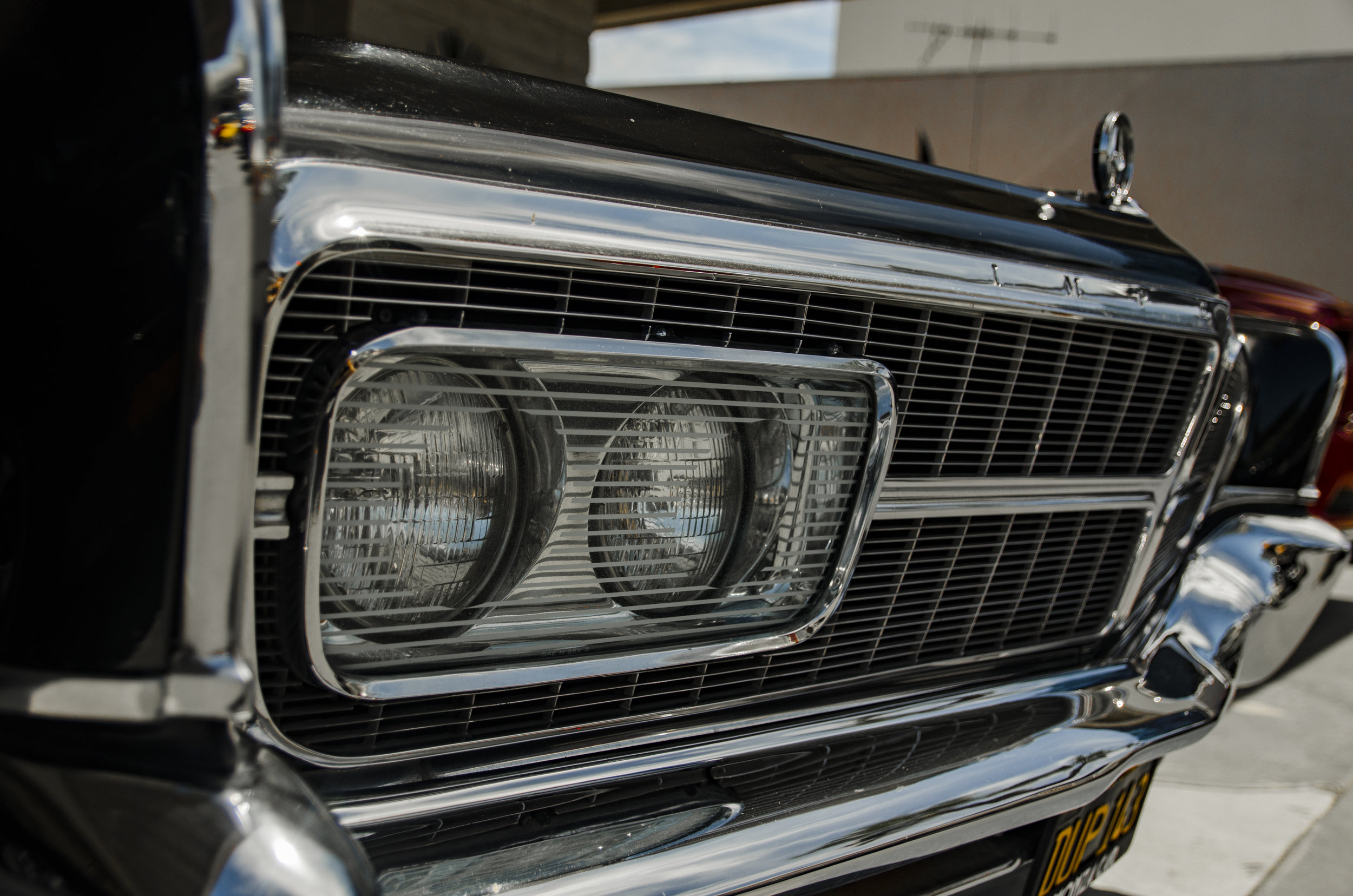
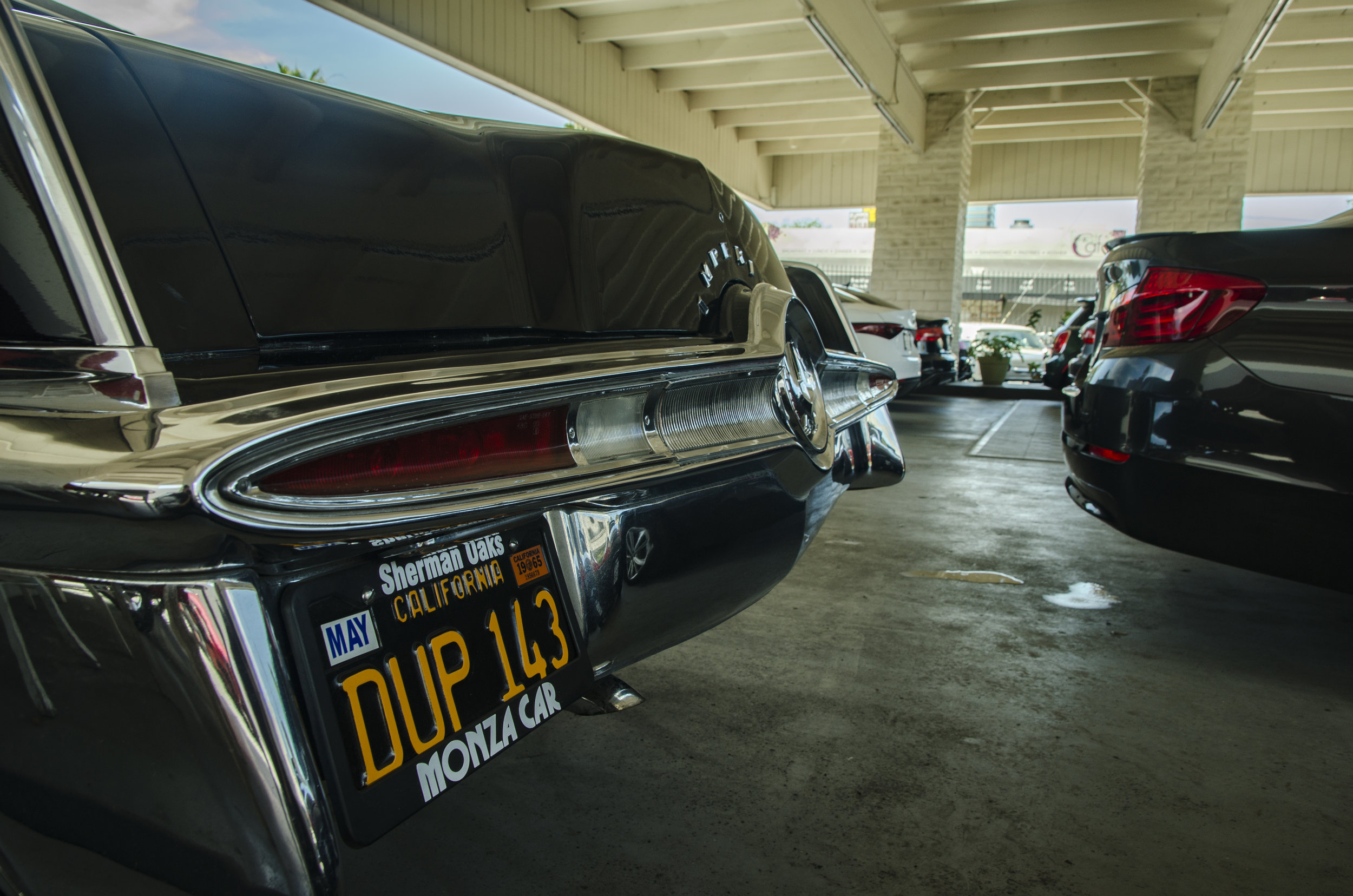
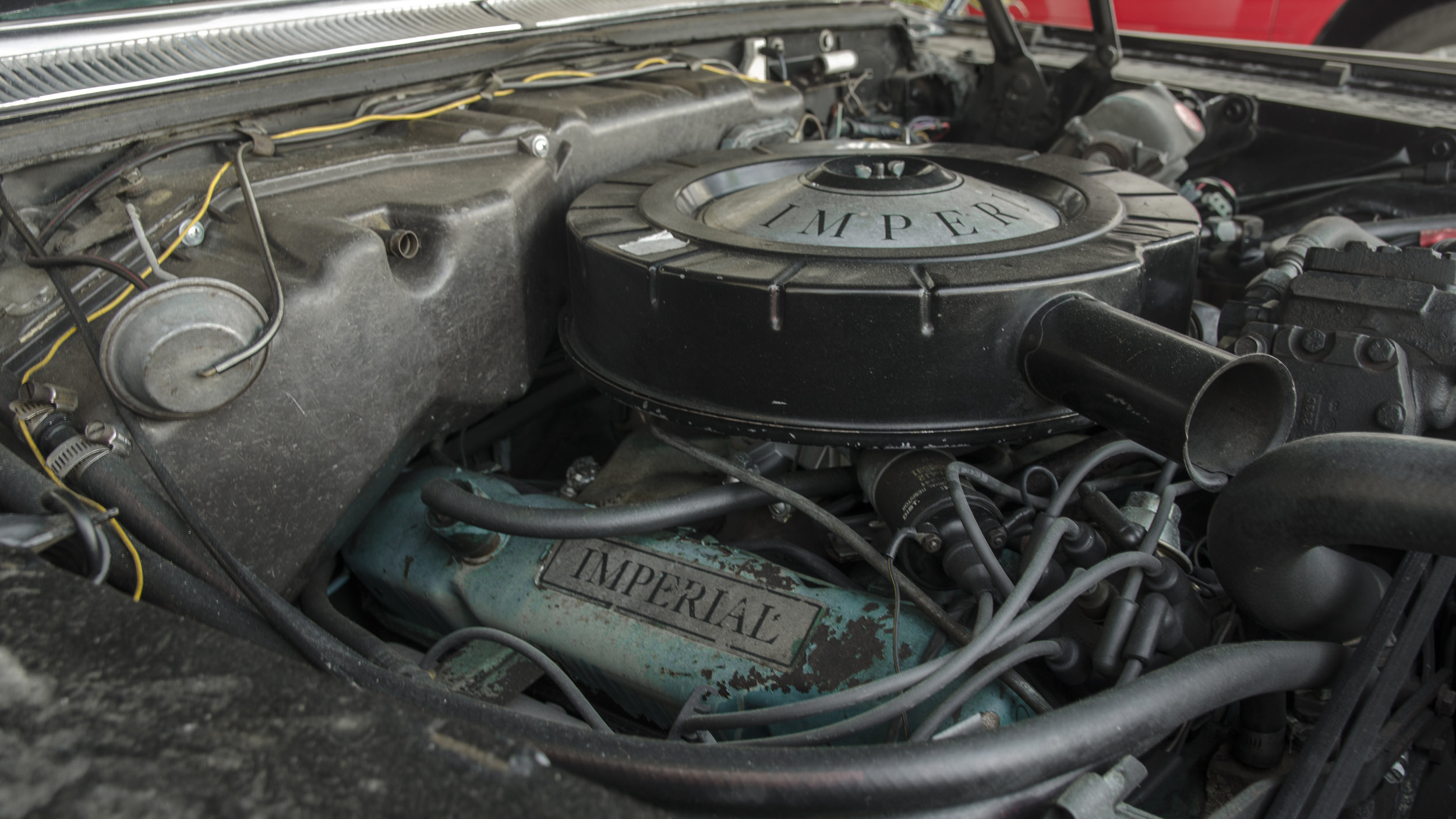
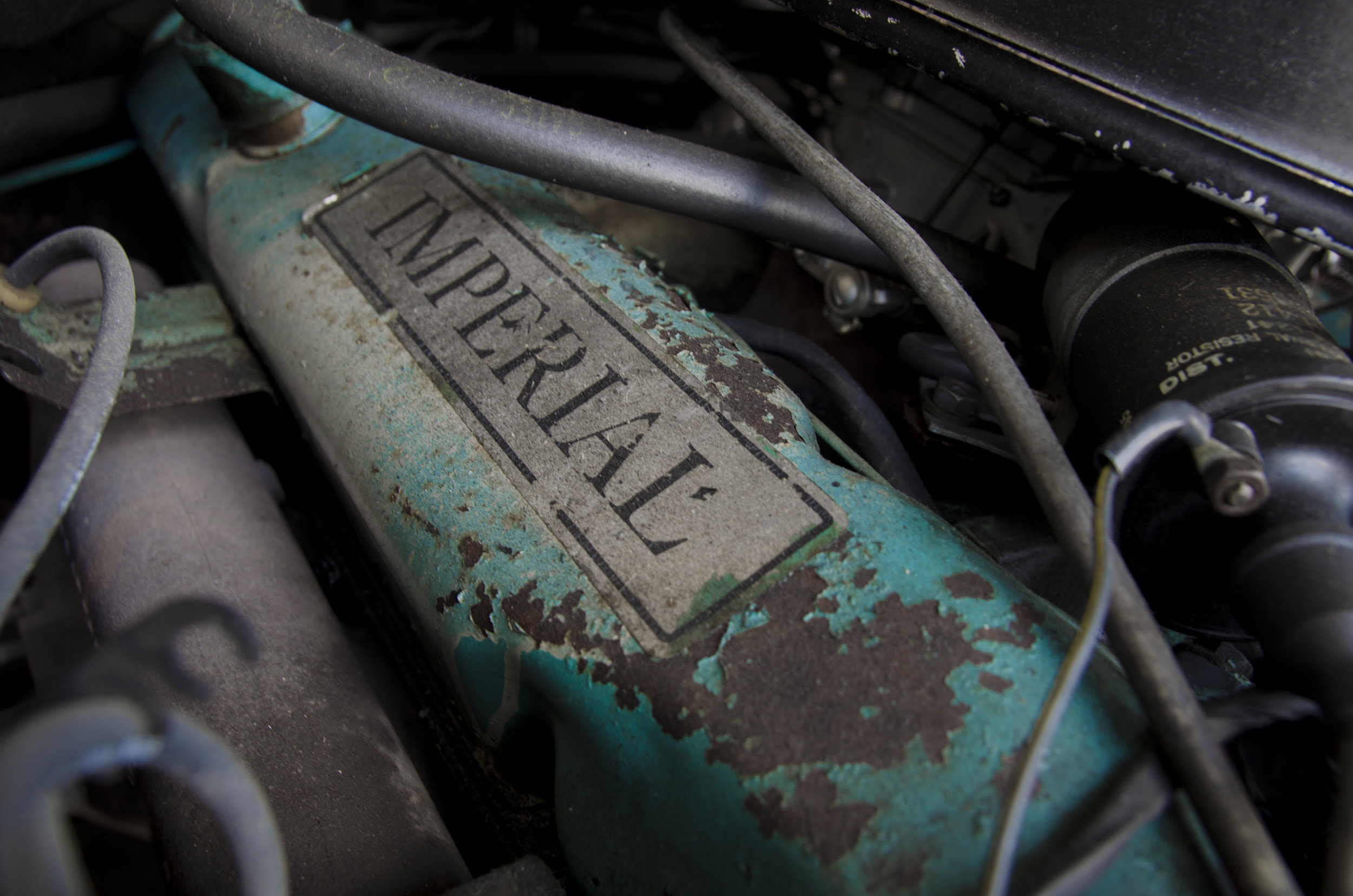

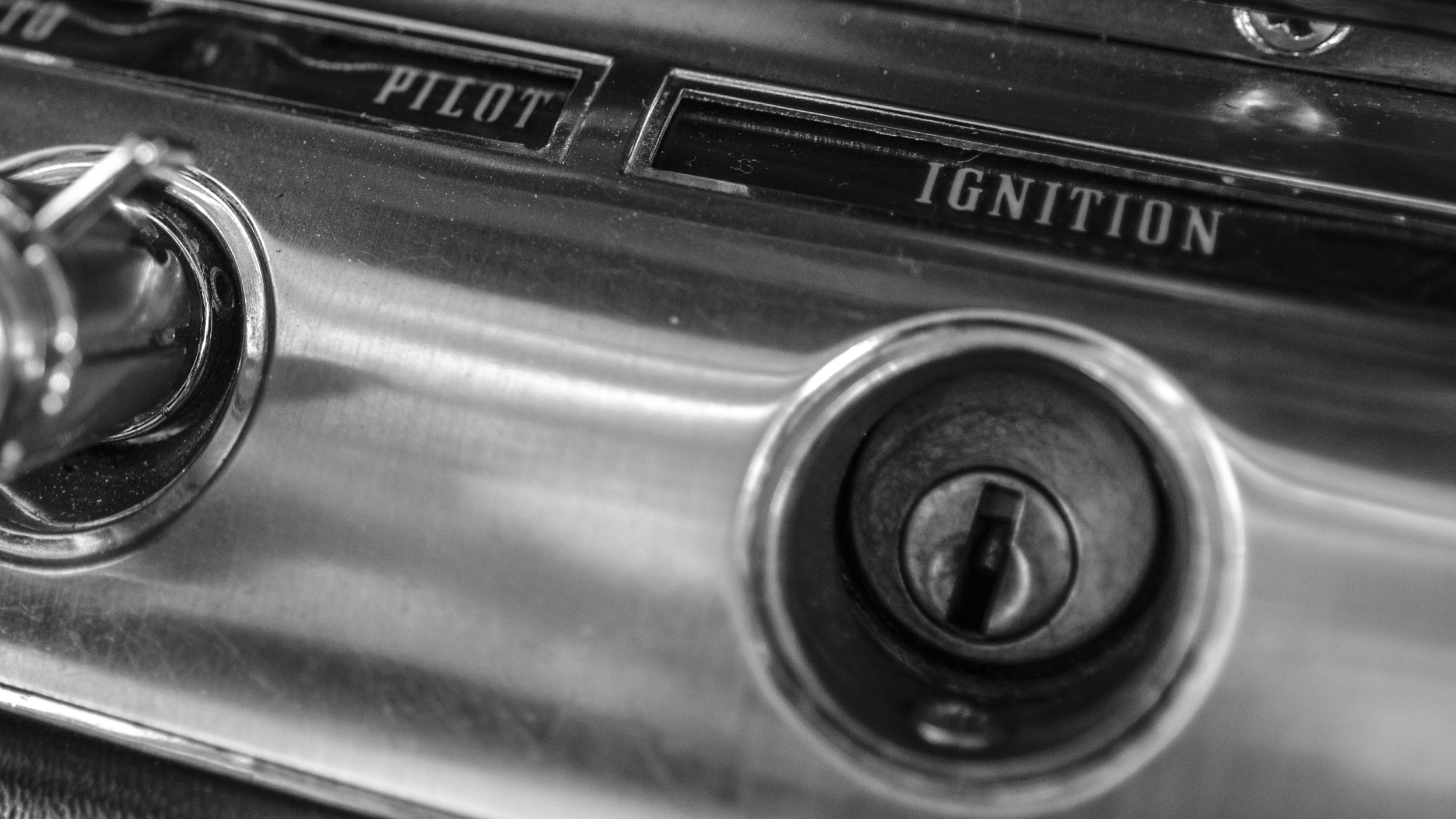
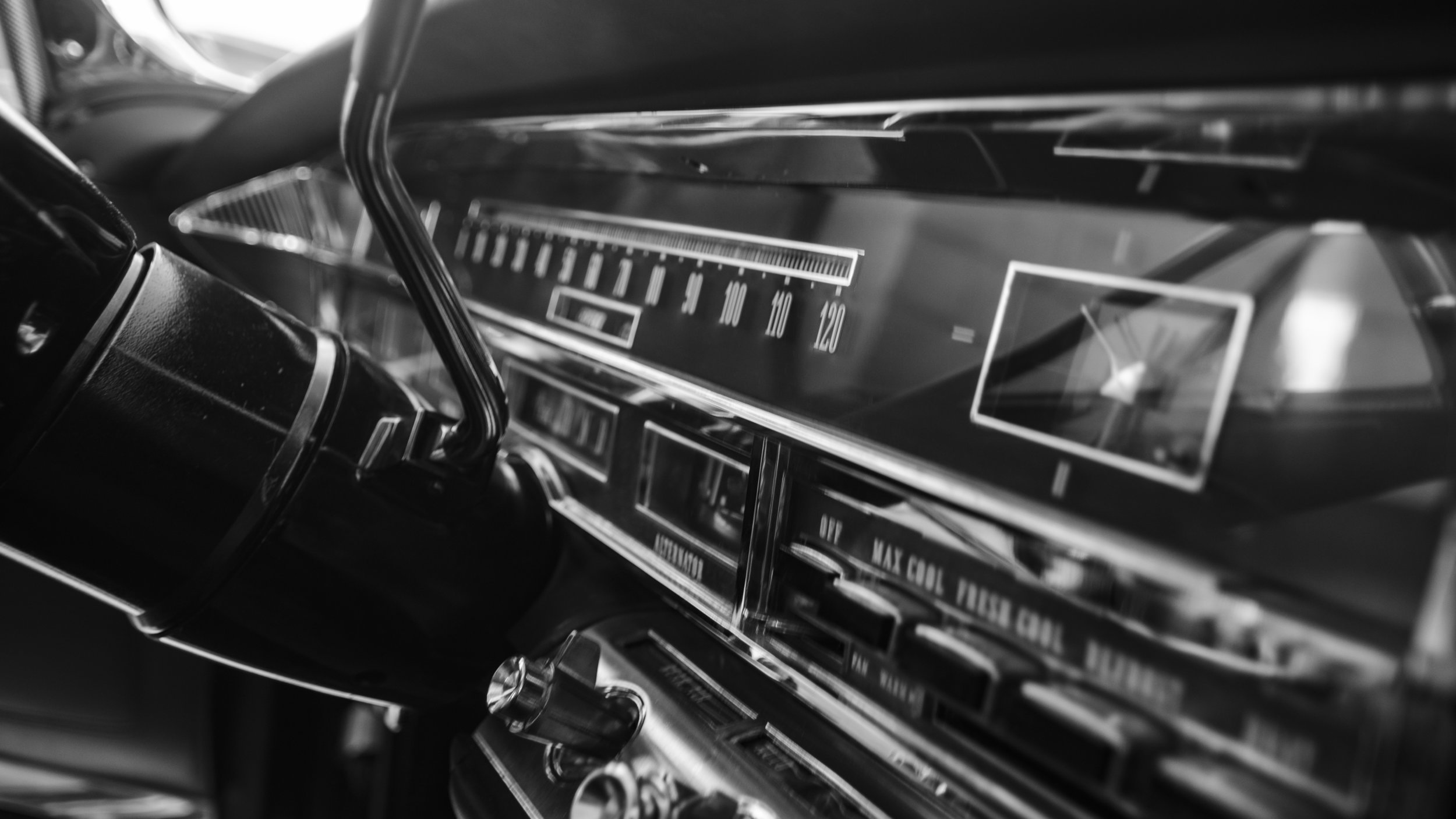
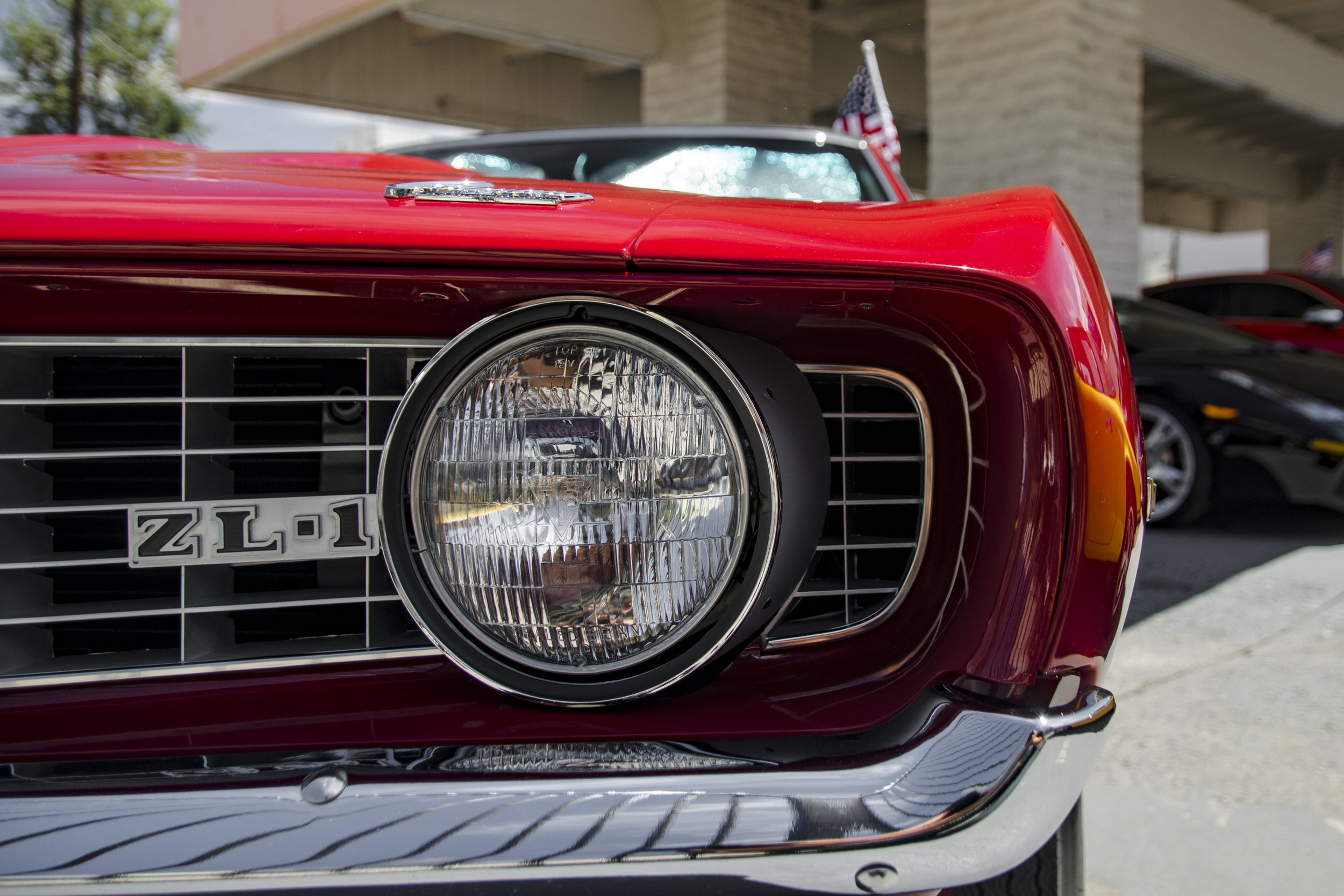
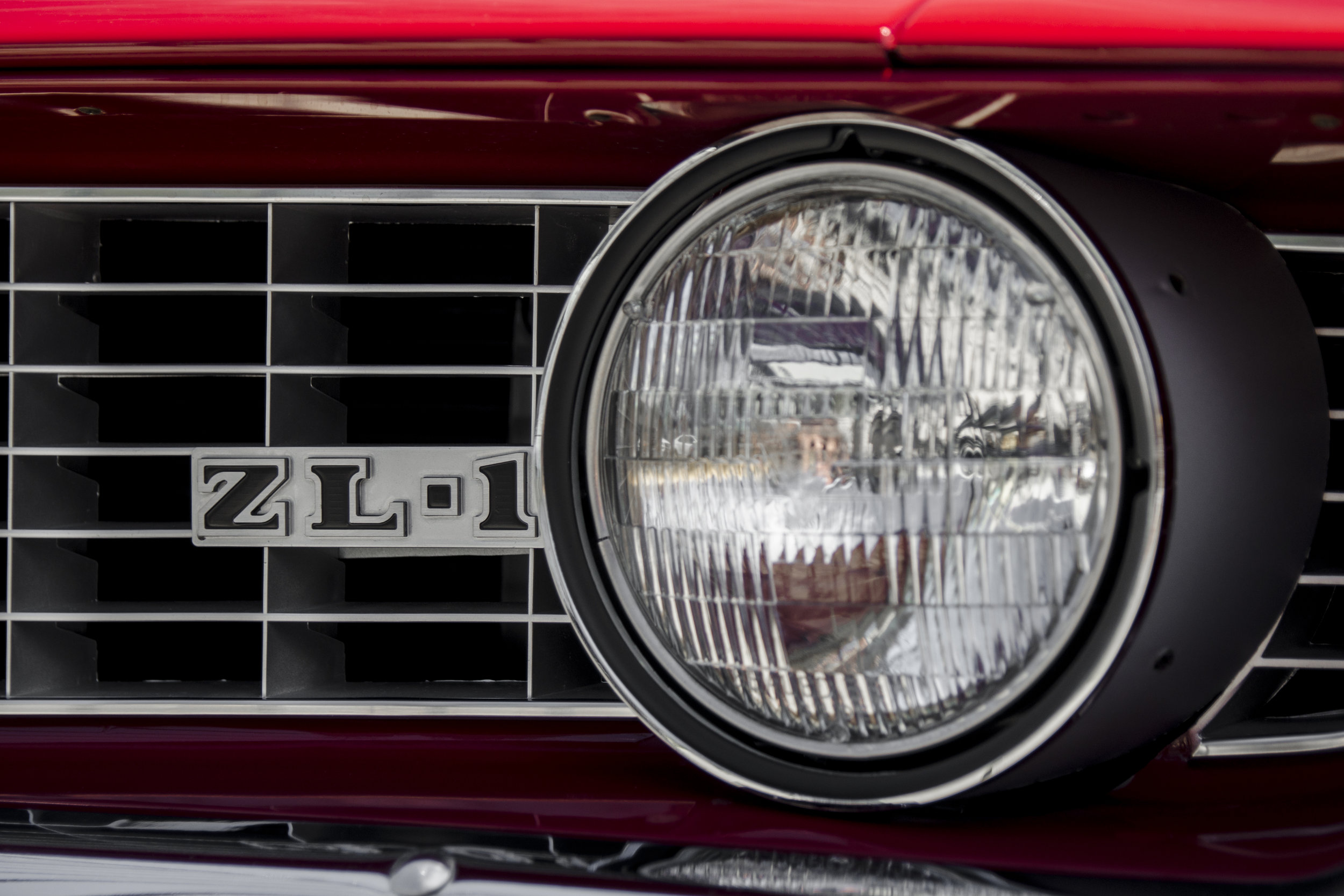
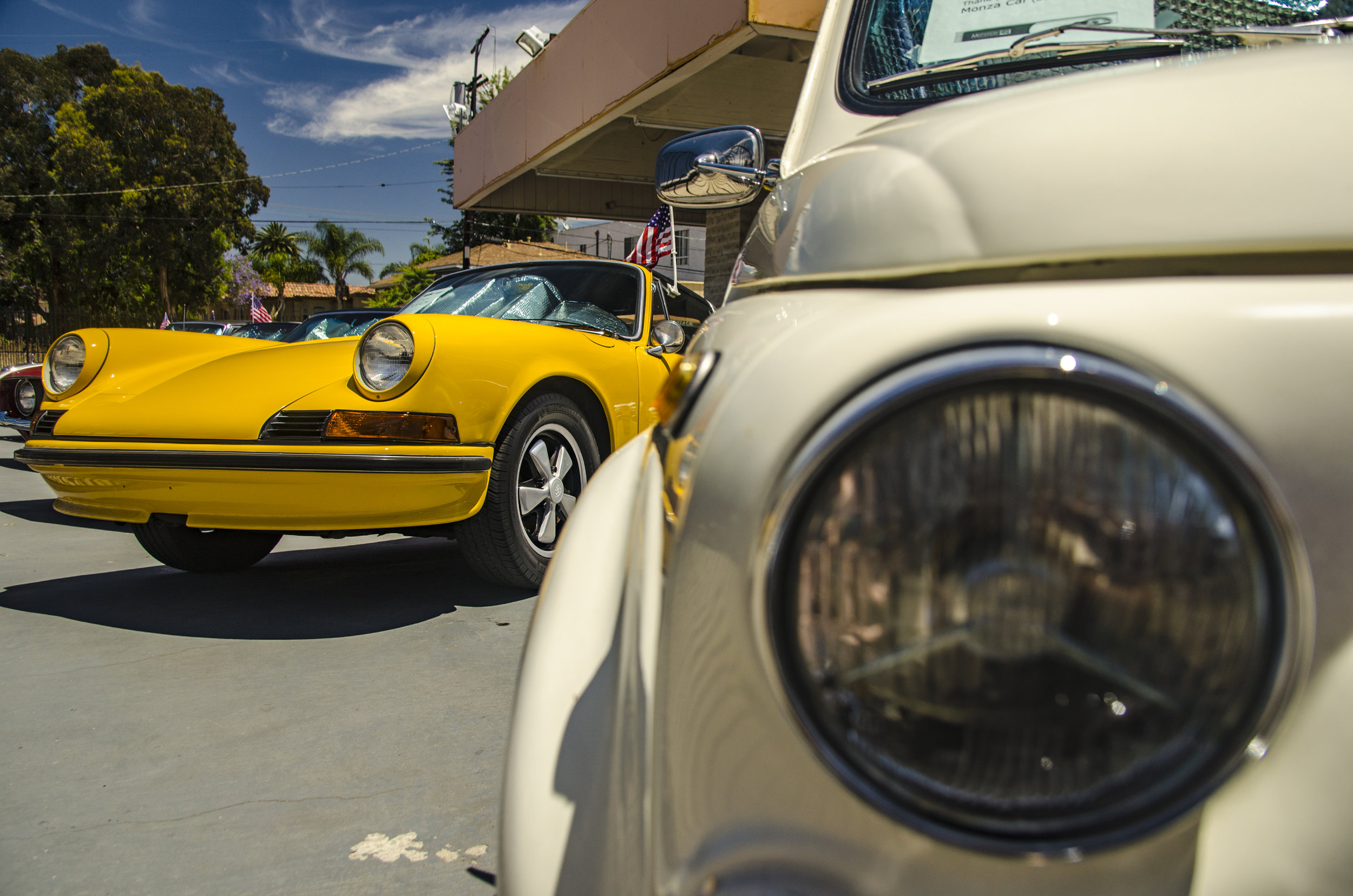

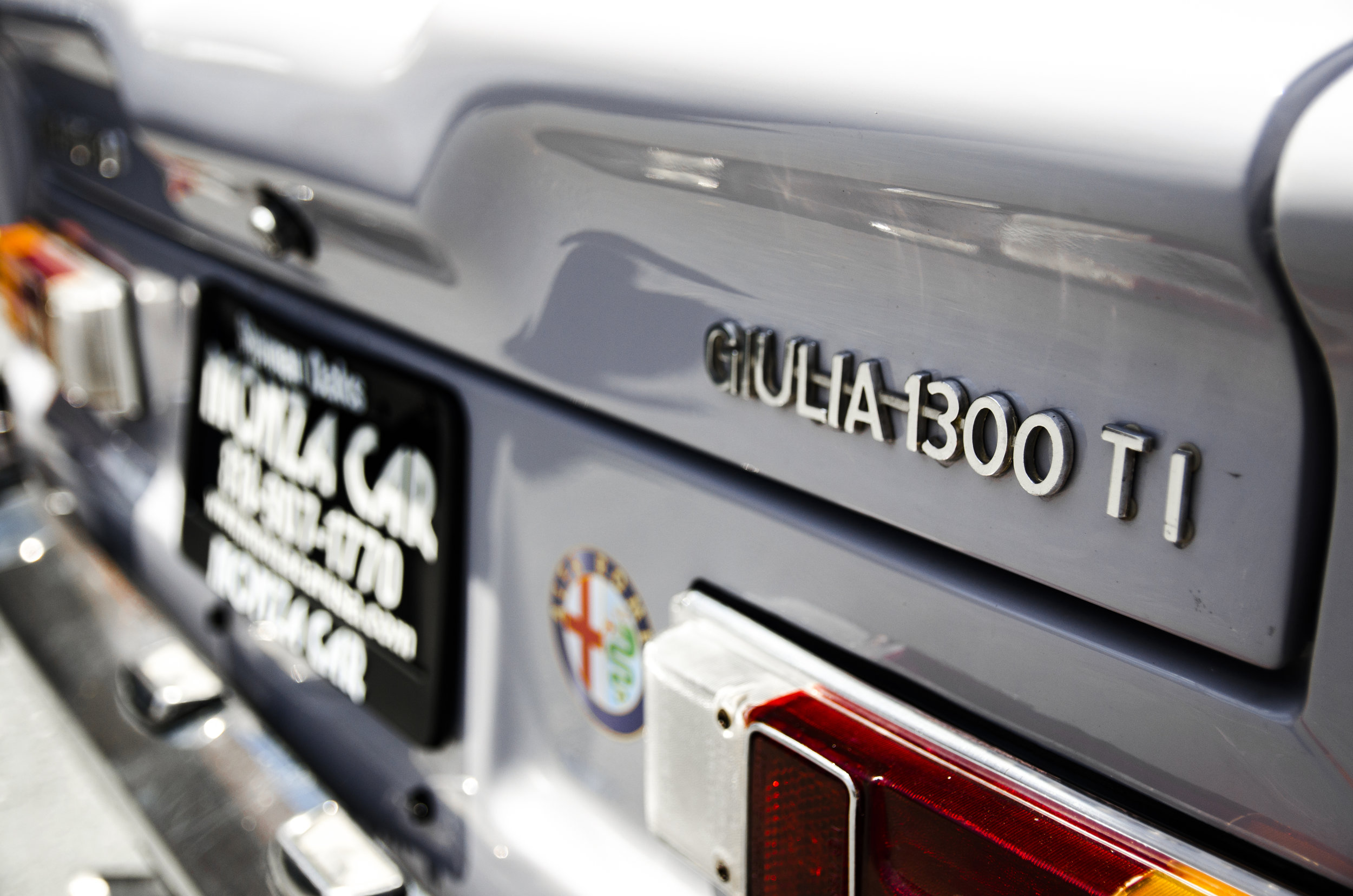

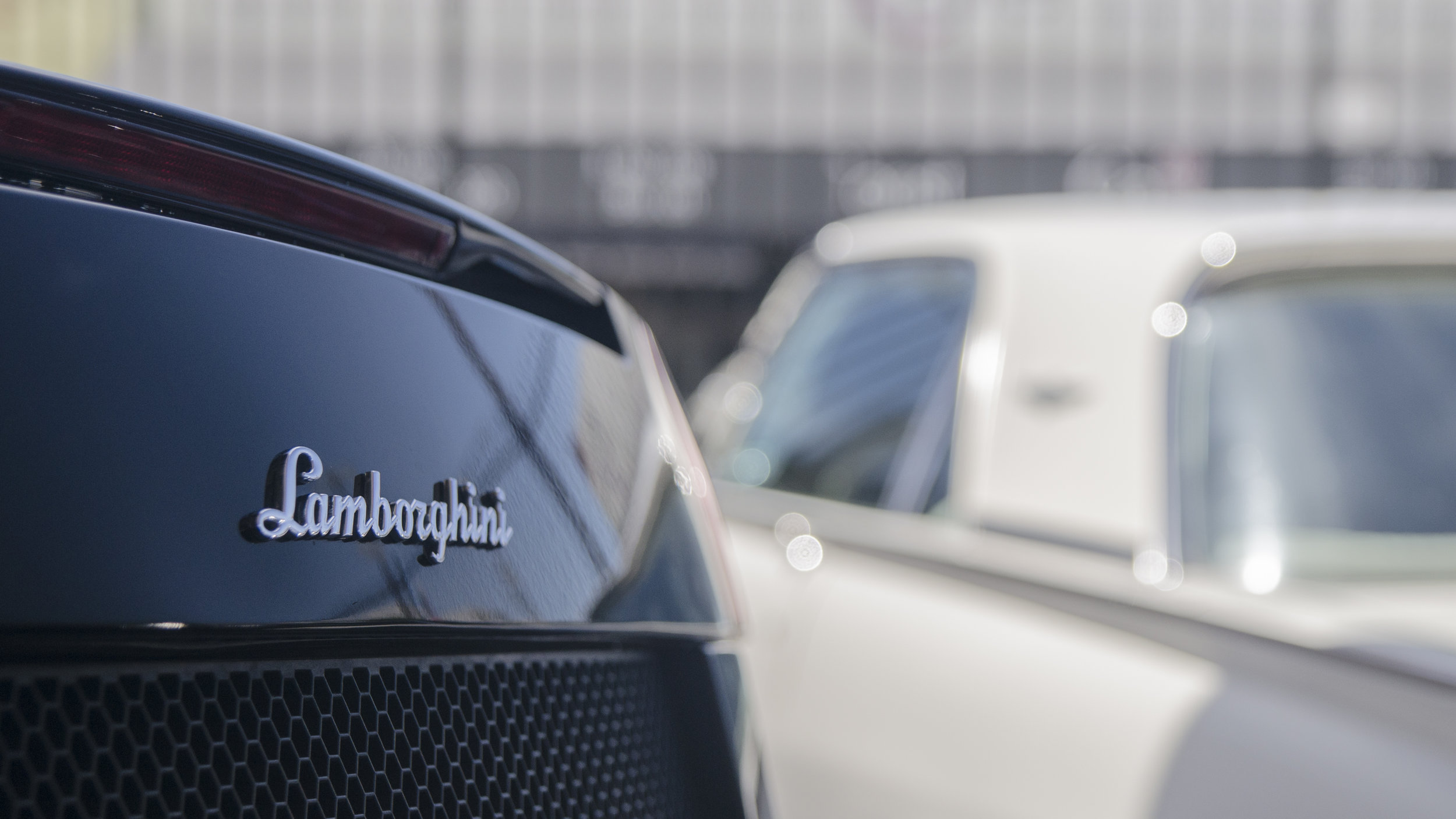
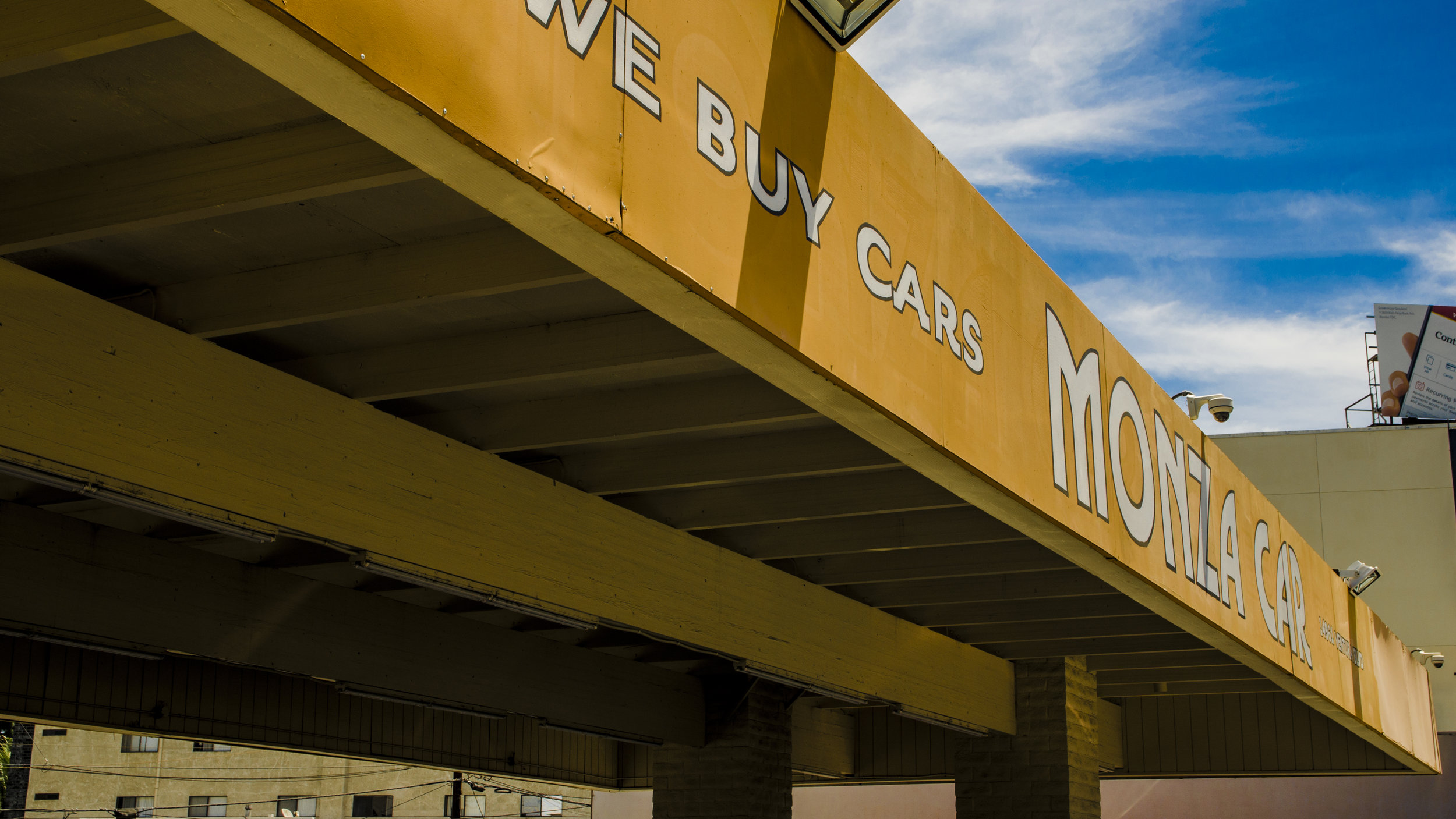
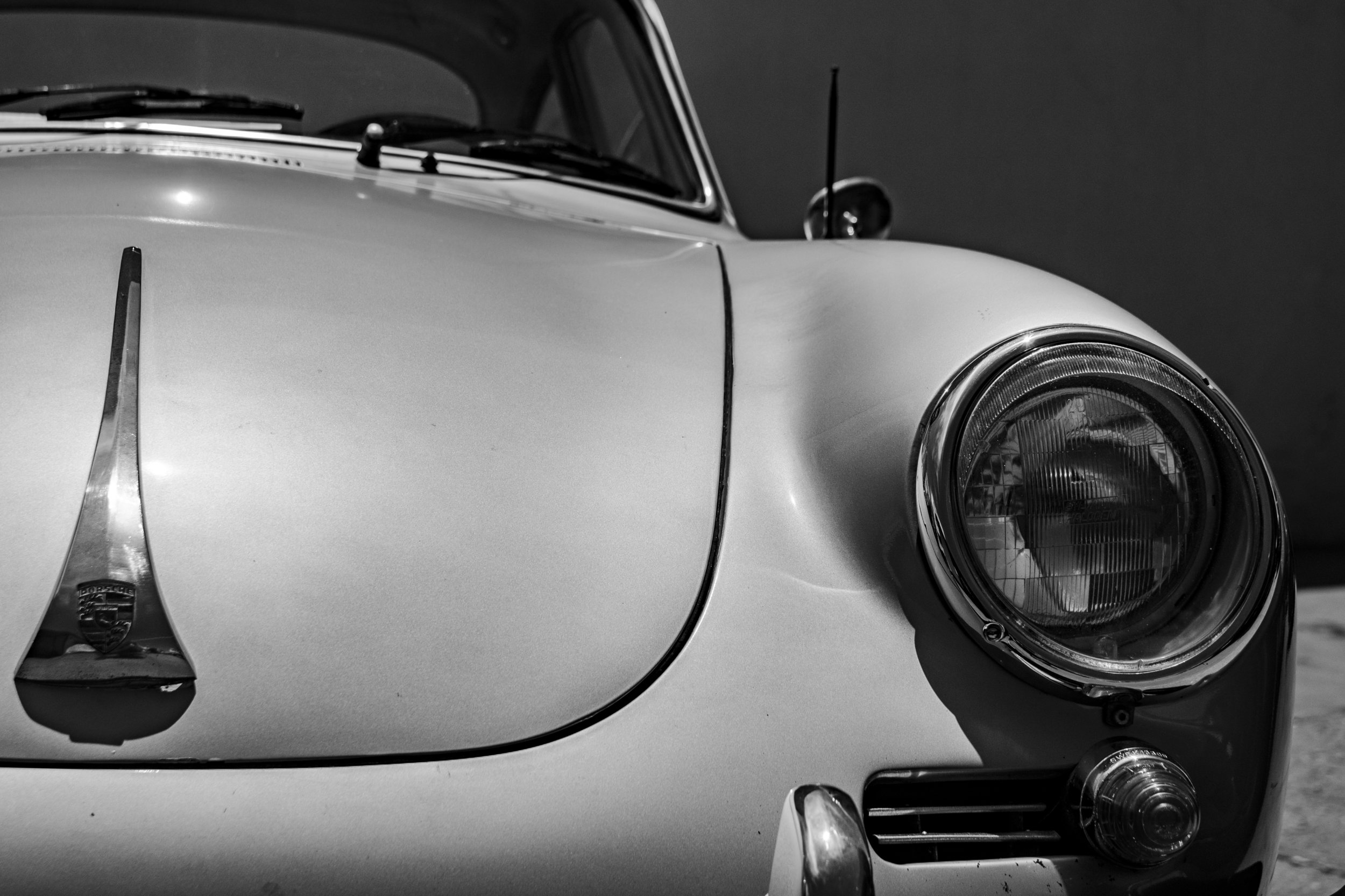
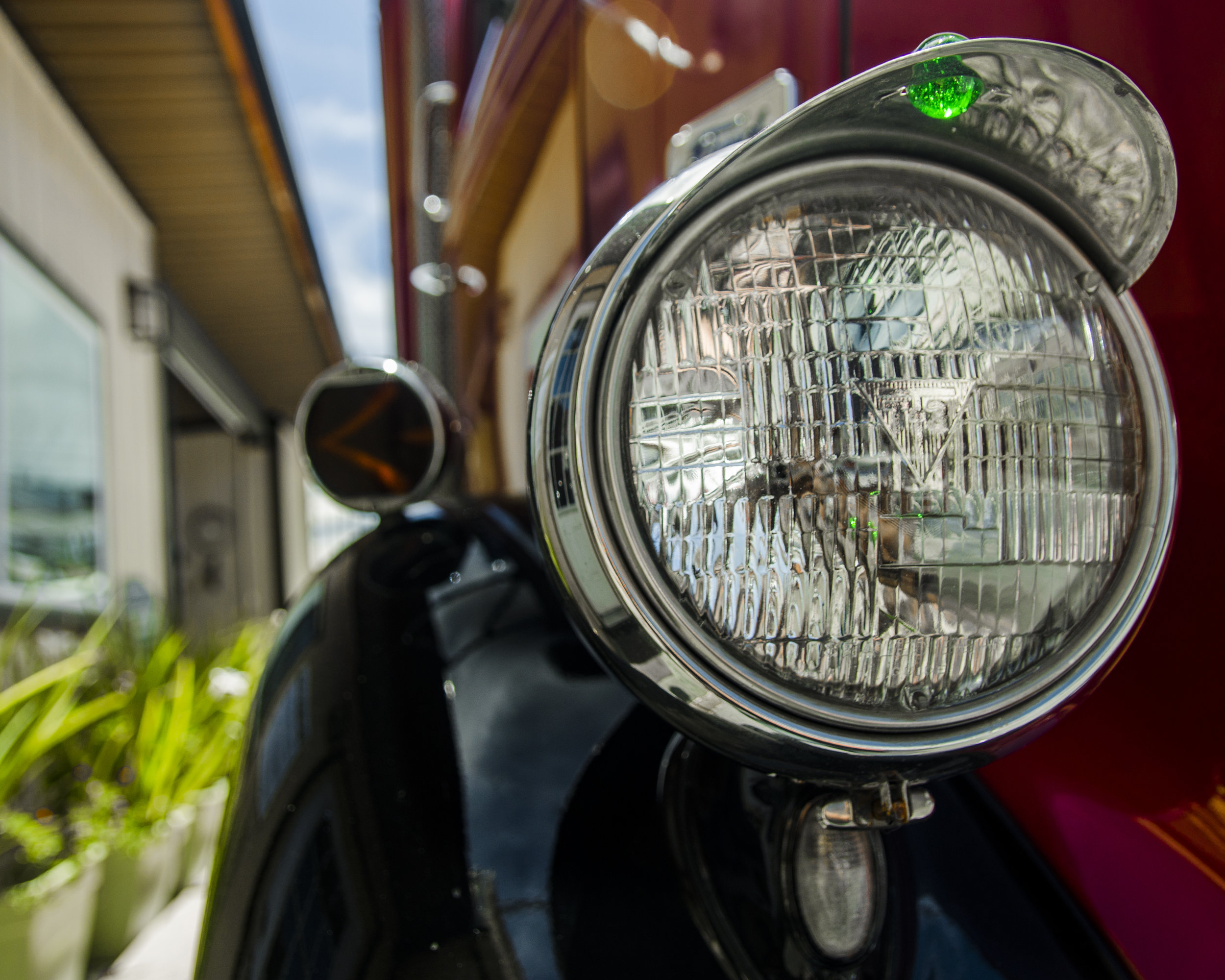


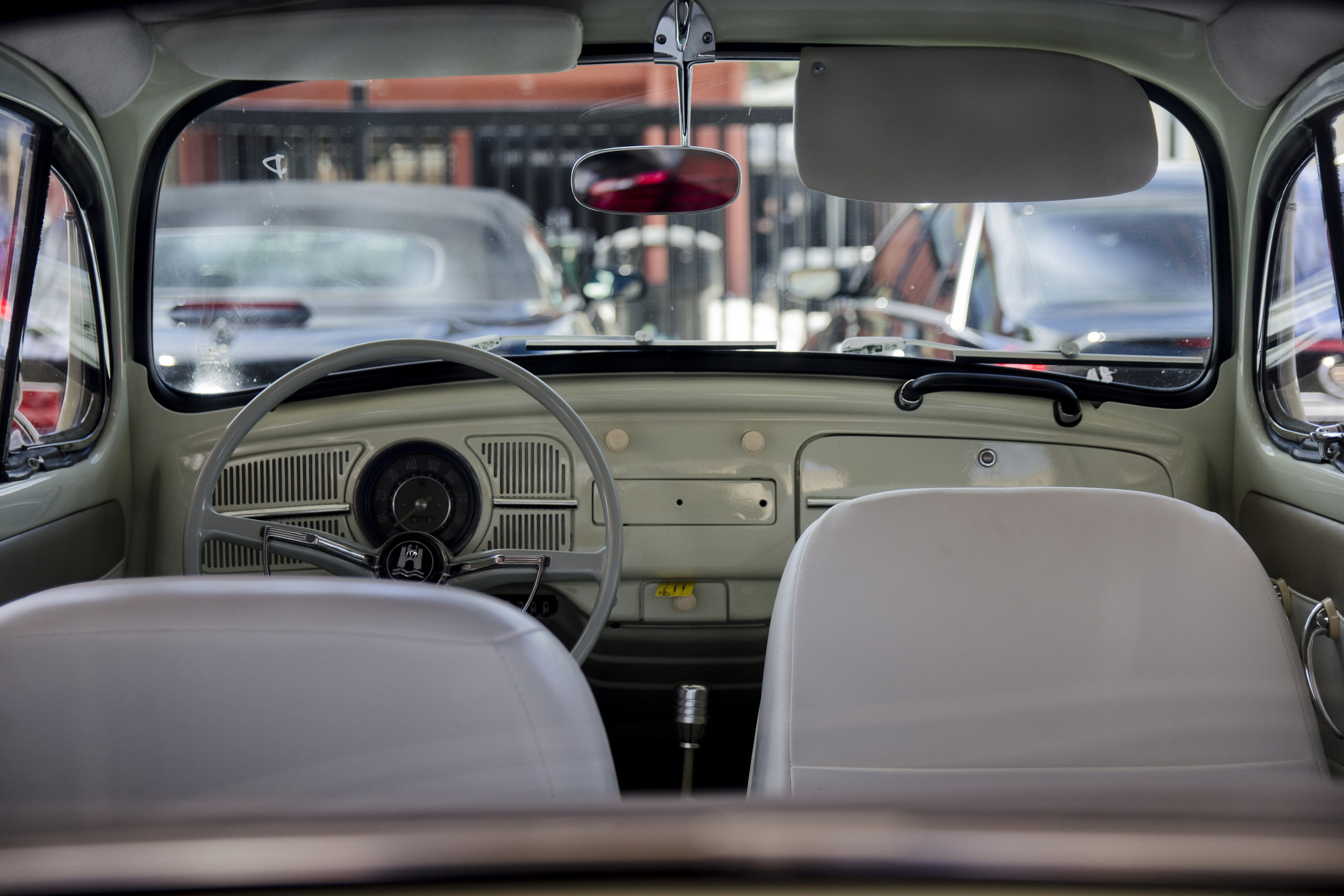

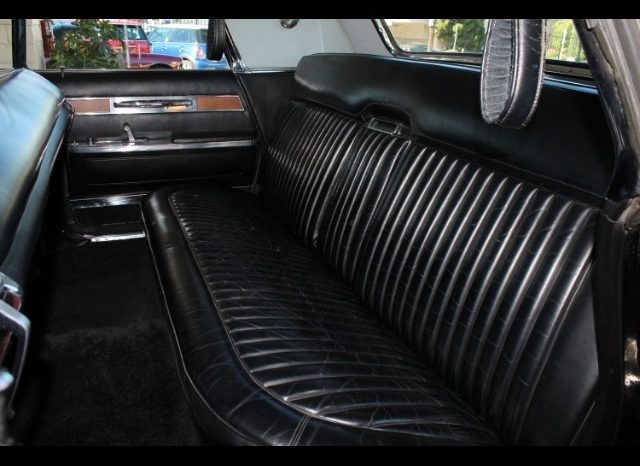

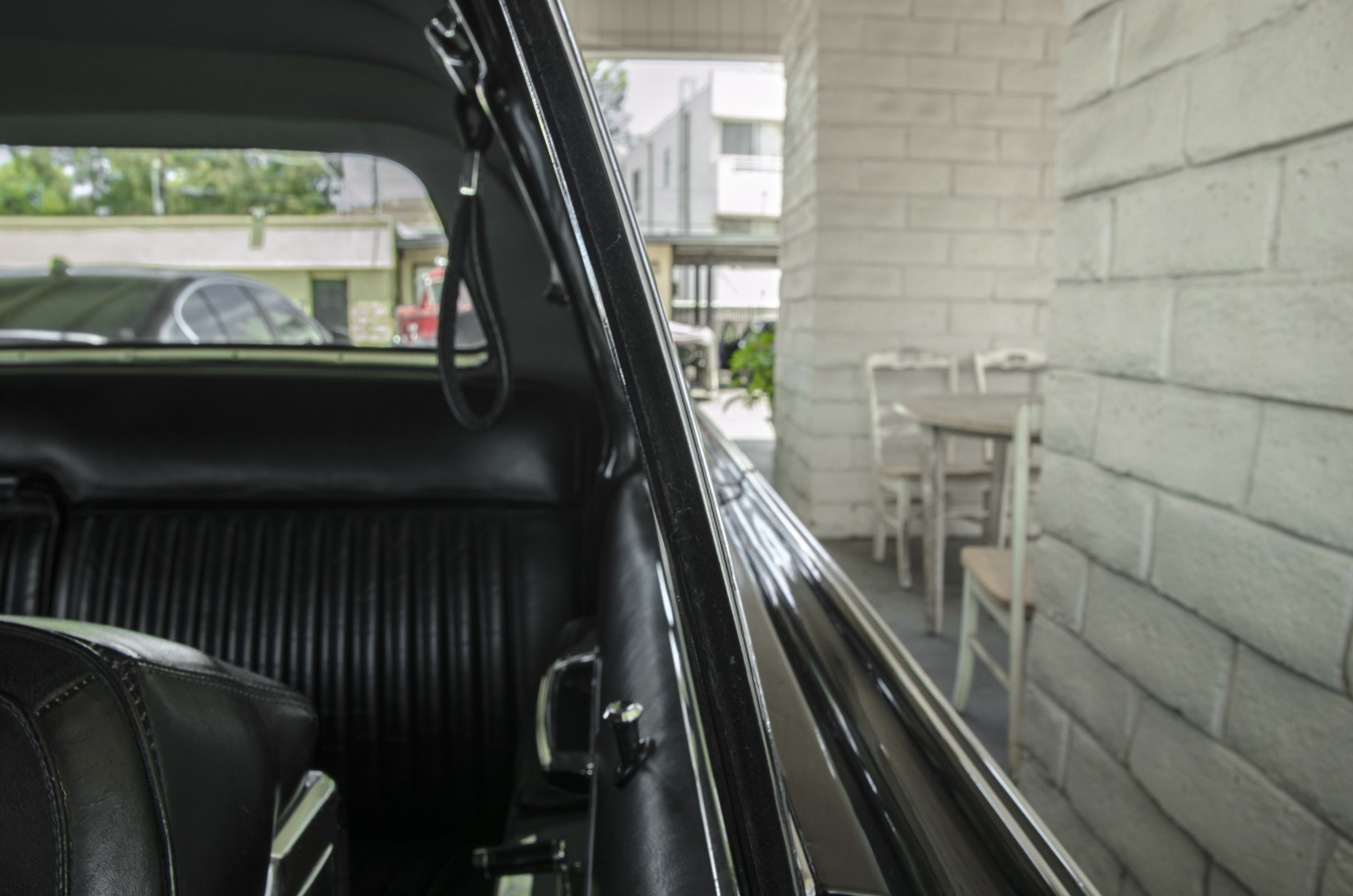
FURTHER INFORMATION
The 1965 Imperial Lebaron is the high trim level of the car used in the Green Hornet film and TV series which was a 1965 Imperial Crown.
GALLERY







